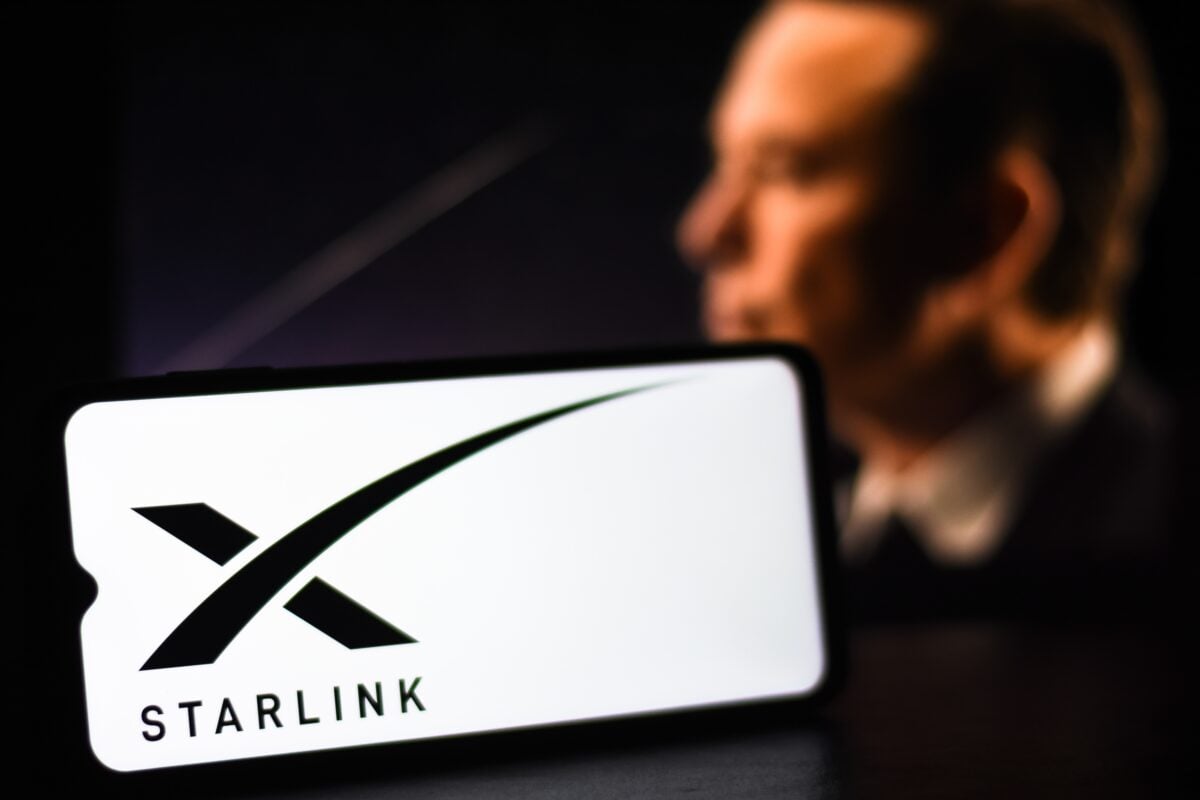TLDRs;
- SpaceX acquired $17 billion in spectrum from EchoStar to expand Starlink’s direct-to-phone connectivity ambitions.
- Elon Musk says new phone chipsets are needed, delaying full service rollout by about two years.
- Starlink already supports satellite SMS via T-Mobile and plans to expand to third-party apps soon.
- Analysts expect throughput gains, but spectrum scarcity and competition from Amazon Kuiper remain key hurdles.
SpaceX is preparing to take a major step in the satellite internet race, as Elon Musk announced new plans to beam Starlink services directly to smartphones.
The move follows SpaceX’s $17 billion acquisition of wireless spectrum from EchoStar, a deal designed to turbocharge its direct-to-cell ambitions.
Currently, Starlink’s constellation includes more than 8,100 satellites, with 657 already equipped to handle direct-to-device communication. Musk revealed on the All-In podcast that the additional spectrum will allow Starlink to deliver high-bandwidth internet directly to mobile phones. However, he emphasized that carriers such as AT&T, T-Mobile, and Verizon still control the majority of spectrum resources in the U.S., making competition tough.
EchoStar Deal Reshapes Satellite Landscape
The EchoStar acquisition marks a turning point for both companies. For SpaceX, the purchase secures access to the H-block segment of the Advanced Wireless Services spectrum, a band critical for 4G and 5G connectivity. For EchoStar, which has been struggling financially and missed a $326 million debt interest payment earlier this year, the sale offers a financial lifeline.
Huge, huge SpaceX transaction
SpaceX is buying EchoStar’s AWS-4, H-block, MSS spectrum licenses for:
– $17B ($8.5B cash + $8.5B stock at $400B valuation)
– $2B of interest payment helpThe spectrum is super important for Starlink DTC as it reduces reliance on mobile carriers pic.twitter.com/ngIgHltvHE
— Jack Kuhr (@JackKuhr) September 8, 2025
EchoStar’s CEO Hamid Akhavan called the deal a win for consumers, saying it allows EchoStar’s spectrum holdings to be combined with SpaceX’s orbital infrastructure, creating faster and more cost-efficient pathways to global connectivity.
Gwynne Shotwell, SpaceX’s president and COO, echoed that sentiment, noting that the agreement aligns with Starlink’s mission to eliminate dead zones worldwide. She highlighted that Starlink’s direct-to-cell technology has already proven vital during natural disasters, enabling people in remote or disconnected regions to reach emergency services and loved ones.
Hardware Hurdles and Two-Year Timeline
Despite the optimism, Musk was candid about the roadblocks. Using the newly acquired spectrum will require phones with redesigned chipsets, a shift that he expects will take roughly two years to materialize.
Without those hardware changes, most existing smartphones won’t be able to connect directly to Starlink satellites for broadband-level service.
Starlink’s current partnership with T-Mobile has already introduced limited satellite SMS texting in uncovered regions, with support for third-party messaging apps expected soon. But full broadband access, including voice and video, hinges on next-generation chipsets being adopted by smartphone manufacturers.
Industry Competition and Global Stakes
The Starlink expansion comes as competition in the satellite-to-device sector heats up. Amazon’s Project Kuiper is gearing up for its own broadband satellite rollout, while traditional telecom giants continue to leverage their spectrum dominance.
Analysts say SpaceX’s EchoStar spectrum deal could be a game-changer, offering up to 20 times the throughput of Starlink’s current satellites. Yet they warn that the integration challenges, combined with spectrum scarcity, will keep the direct-to-cell race highly contested.
The Federal Communications Commission (FCC) has been closely watching spectrum usage, and this transaction effectively ends its probe into EchoStar’s earlier licensing. Meanwhile, the industry trend is unmistakable: spectrum is increasingly viewed as the new gold for connectivity in an era where smartphones are expected to communicate seamlessly with satellites.
For now, Musk’s announcement puts SpaceX firmly at the center of this race, promising that within two years, dead zones could shrink dramatically and billions could gain mobile internet access, no matter where they are on Earth.






